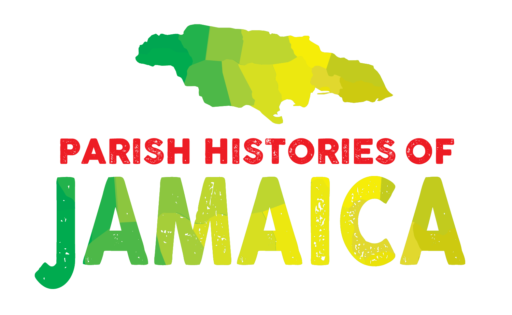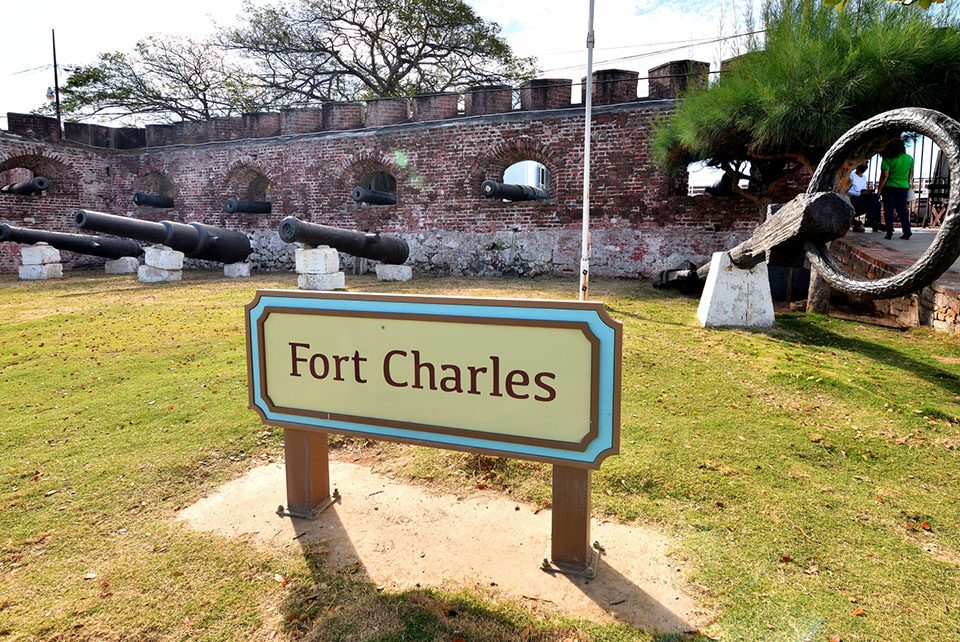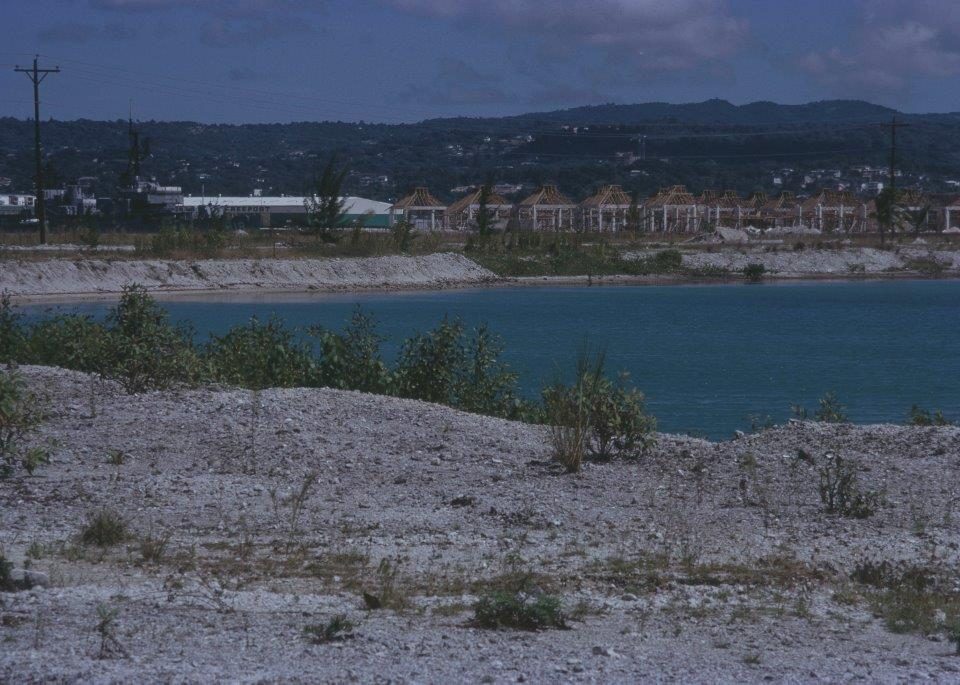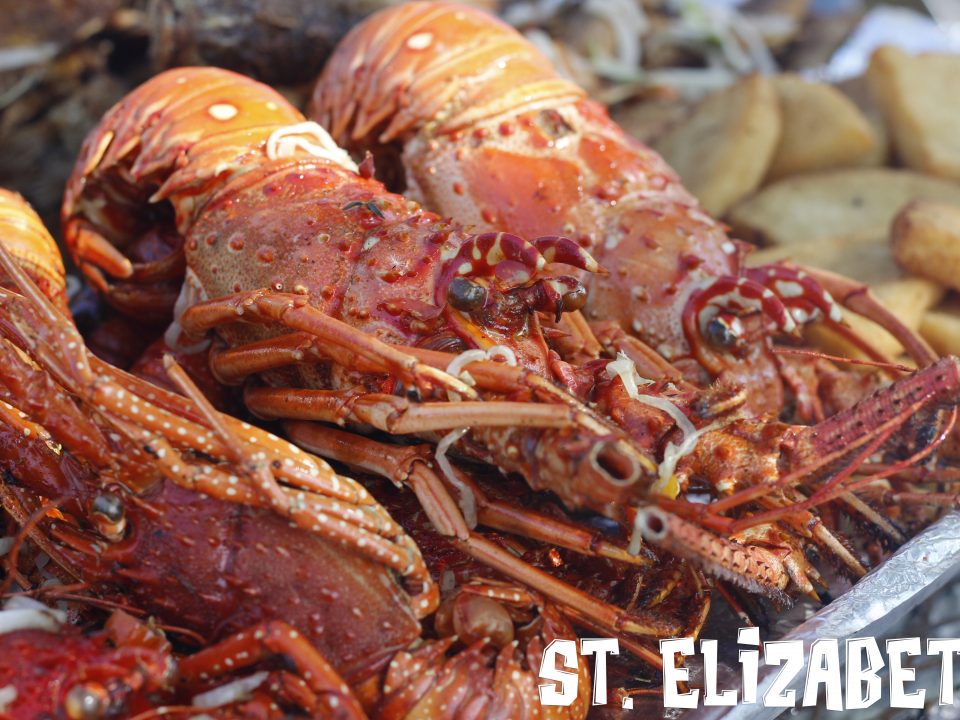St. Catherine
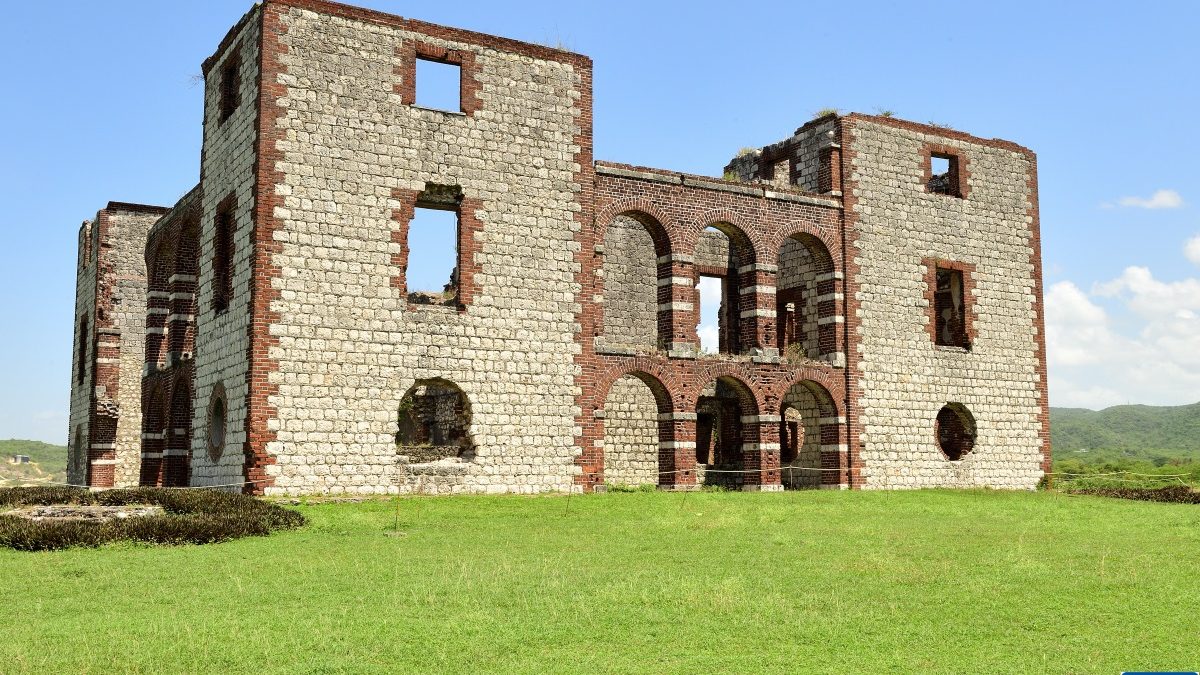
INTRODUCTION: OVERVIEW OF ST CATHERINE
St. Catherine was one of the first seven parishes created in 1664 and this makes it one of the seven oldest parishes in Jamaica. Extending over 459.7 square miles or 1,190 square kilometres, St Catherine is also one of the largest parishes in Jamaica today. This was not the case in earlier centuries when the parish was much smaller than it is now. It was not until 1867 when the three other parishes of St John, St Thomas in the Vale and St Dorothy were added to St Catherine that the parish reached its current size.
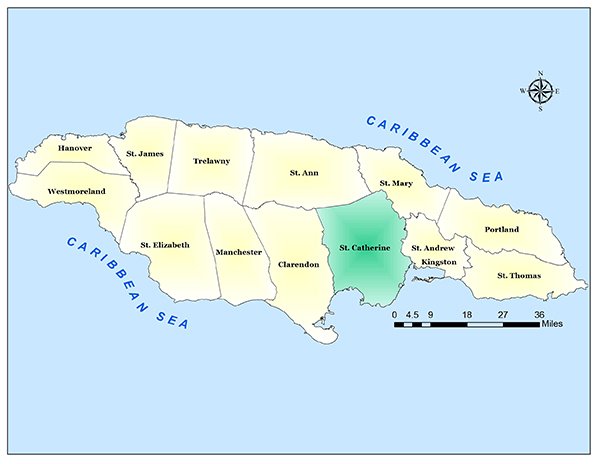
Map of Jamaica Showing the Parish of St Catherine Today. Map courtesy of Thera Edwards
Today, St Catherine is bordered on the west by Clarendon, on the east by St Andrew and a small section of Kingston, on the north by St Ann and St Mary and on its southern boundary, by the Caribbean Sea. As will be seen in this History, the geography of the parish has influenced its development and history with its fairly flat, extensive plains in the south giving rise to a history of plantations and livestock farms. The higher elevations going northwards in the parish have also shaped the development of St Catherine, influencing the emergence of a thriving small-farming economy and culture. St Catherine’s awesome Rio Cobre River has shaped the economy and the land over the centuries, resulting in some of the most spectacular natural formations such as the breathtakingly beautiful but potentially dangerous Bog Walk Gorge.
St Catherine today, with its average population of 518,345 persons, is the proud product of the many persons who have left their imprint on the landscape over time and who have, in their own separate ways, contributed to a legacy that has made the parish what it is today. 1
BEFORE THE EUROPEANS: TAINO INHABITANTS OF ST CATHERINE’S PARISH
Among the many points of historical significance for which St Catherine is known, is the abundance of places in the parish that were once inhabited by the Tainos. Research done by the Jamaica National Heritage Trust (JNHT) has shown that there were thirty eight known Taino sites in St Catherine. In fact, only four parishes (St Ann, Clarendon, St Elizabeth and St Mary) had more sites.2 Most of these Taino locations in St Catherine were Midden Sites, which were really refuse heaps where archaeologists have found objects such as pieces of animal and fish bones, remains of tools, pottery and other artefacts used by the early Jamaicans who lived on these sites. Through studying these Midden Sites, we are able to get a good idea of the material culture and lifestyle of the Tainos of St Catherine. Archaeologists also found that these Midden Sites at times were part of Taino Village Sites, which ranged from small to medium-sized communities. A small number of St Catherine’s Taino sites were Burial Sites, the two most well-known of which are located at White Marl and Naggo Head (discussed shortly). These earliest inhabitants of the parish also sometimes painted scenes and images on the rocks or walls of caves. Rock paintings, known as Pictographs, tell us a lot about how the Tainos lived. Taino artists also carved images into the rocks or walls of caves and these rock carvings (Petroglyphs) helped to illustrate aspects of their lives and were probably important for ceremonial purposes. There are a few places in St Catherine where archaeologists have found Taino pictographs and petroglyphs but the parish holds pride of place in being home to Mountain River Cave (discussed shortly) which has the largest collection of Taino pictographs in Jamaica.
